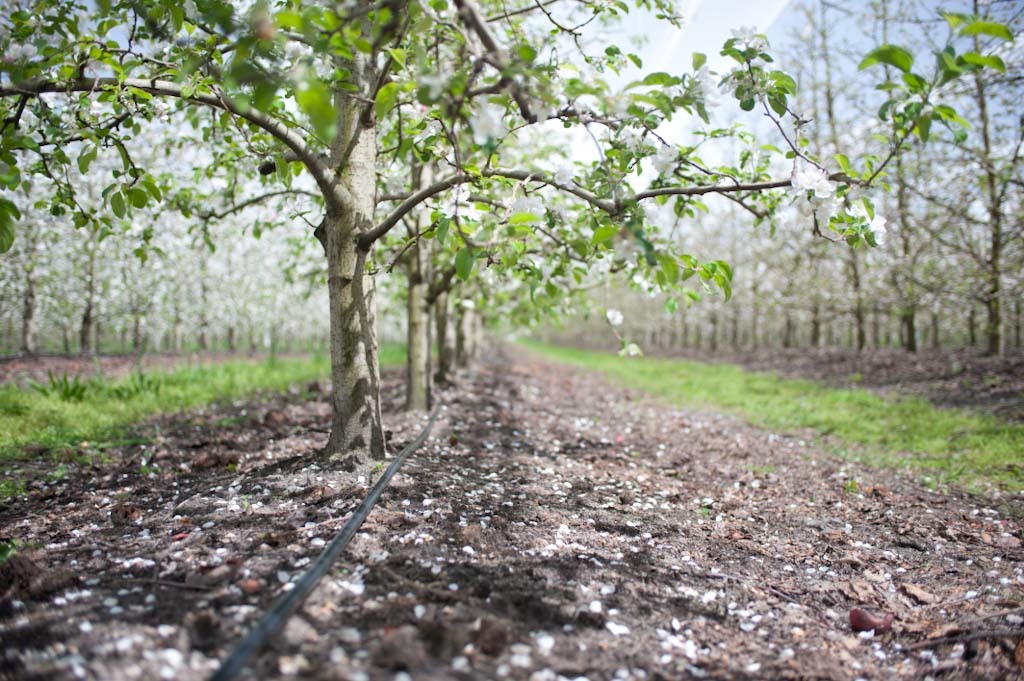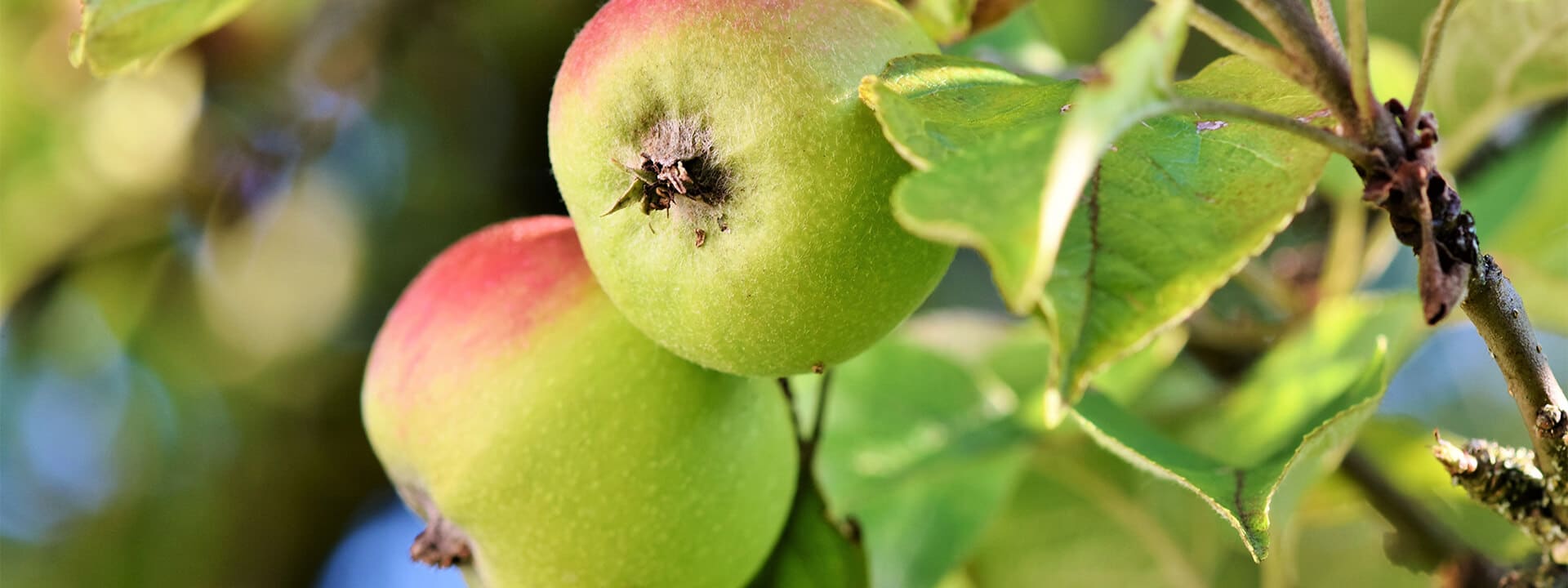The Advantages of Drip Irrigation in Apples and Pears
Drip irrigation for apples and pears is the answer to healthier trees with better crops, as well as water conservation. Rivulis understands intrinsically that modern orchards are dense, with 3.0m x 1.2m (10ft x 4ft) tree spacings as the most popular orchard configurations.
Rivulis works with farmers to design irrigation systems that give your trees what they need when they need it. Especially during peak demand, in confined spaces, significantly reducing the risk of disease while improving yields. Reduce time, money, and labor, while decreasing your water usage, and incidence of disease.


Rivulis Micro Irrigation Systems for Optimal Fruit Yield
Smaller root zones favor drip line irrigation, although there are times when micro-sprinklers can be better options.
Drip Line for Apples & Pears
Commonly dwarfing rootstock is used to deliver high yields and is easier to harvest. This means their root zones are limited and because of this, there are agronomic benefits to shorter spacing (ideally under 70cm [2.3 ft]) between drip emitters.
It is important to have a pressure-compensated (PC) drip line to ensure the same flow rate from every dripper across the drip line for crop uniformity, even on sloping terrain.
Drip lines can either hang above the orchard or be installed on the surface of the ground. Hanging the drip line means that it is out of the way of machinery that moves through the orchard.
Its lower flow rate and reduced dripper spacing (30cm – 40cm [1ft – 1.3ft]) make the D5000 an ideal example for this application.
Micro Sprinklers & Frost Protection
Sprinklers are sometimes used for frost protection when growing apples and pears in a winter rainfall region, or Mediterranean climate.
During summer-time fruit maturation, sprinklers will irrigate cover crops in orchard inter-rows, helping to preserve the land from erosion, and reduce orchard temperature and compaction from machinery. Additionally, sprinklers become a form of frost protection by releasing latent heat through water and melting ice.
Sprinklers can be on stakes or hung from an LDPE hose and must also be pressure compensated.





